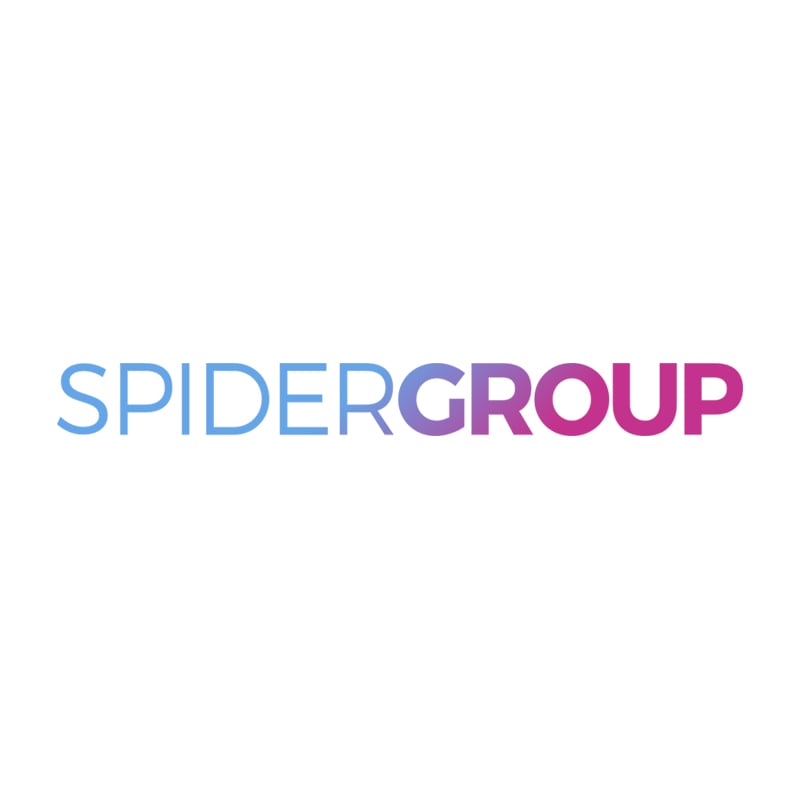As a web designer these days, there is an element to designing and building websites that is important to consider, but can sometimes become an oversight, or shoved to the bottom of the to do list. I am talking about making sure websites have at least a minimum level of SEO (Search Engine Optimisation) capability. Hey what’s the use of putting together a brand spanking new site, if you’re not going to get any eyeballs on it? Here are a few pointers to get you started in the right direction!
Make sure your headings are organised!
Ideally you only want to have a single H1 tag on a page. This is because search engines refer to these tags first when accessing page, in order to quickly determine if the content is relevant or not to the search query. As H tags are typically used for styling in web design, it can be easy to just use a H1 tag as your heading style throughout the page and not realize this is having a negative effect on a website’s SEO performance.
As a solution we recommend using only one H1 tag per page and applying, for example, H2 or H3 tags to subheadings. It is much more efficient to integrate varying H tags and then altering their appearance with CSS after, as you may want all your headers to appear the same.
A picture is worth a thousand words…
Okay, so maybe not quite ‘a thousand’, but it is still important to make sure your images are accompanied by a text description to describe what they are showing. The reason for doing this is to make sure people can still understand the content on a web page, even if the page does not load properly, or if a viewer is visually impaired.
You can attach a description to an image using the ‘alt’ attribute within an ‘img’ element. If for some reason an image is not showing correctly on page, the ‘alt’ text will display in its place, to at least offer a basic description of what a user is meant to be looking at. This helps minimize the negative effect on user experience if in the unfortunate a webpage does not load properly. Search engines, such as Google, specifically use ‘alt’ text to determine the most suitable images to return in a user’s search query.
In this day and age, making an amazing looking website can be half the battle. You still need to get people to arrive at your website in particular and implementing SEO techniques like the ones outline above will help to make you climb the ladders of the search results!
Here at SpiderGroup our Bristol SEO experts and web designers work together in a close-knit team, so that we know any new website we build will hit the ground running! If you are looking for help and guidance for web design in Bristol, please get in touch with one of our friendly members of staff on 0117 933 0575. Have a nice day!

